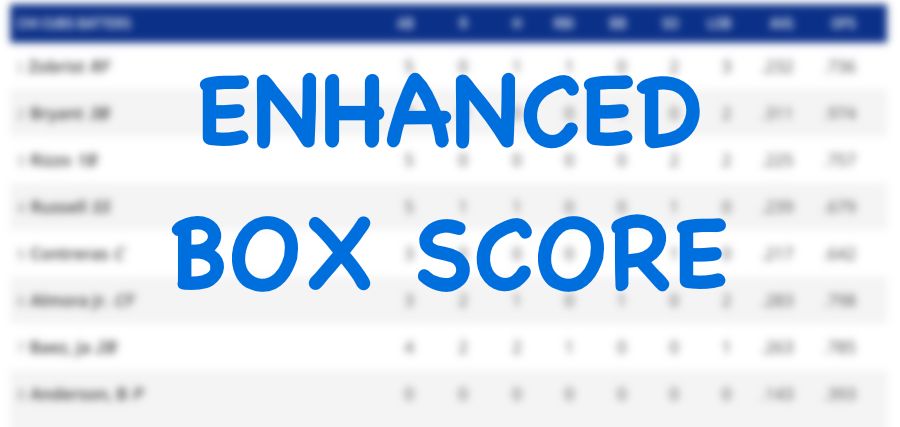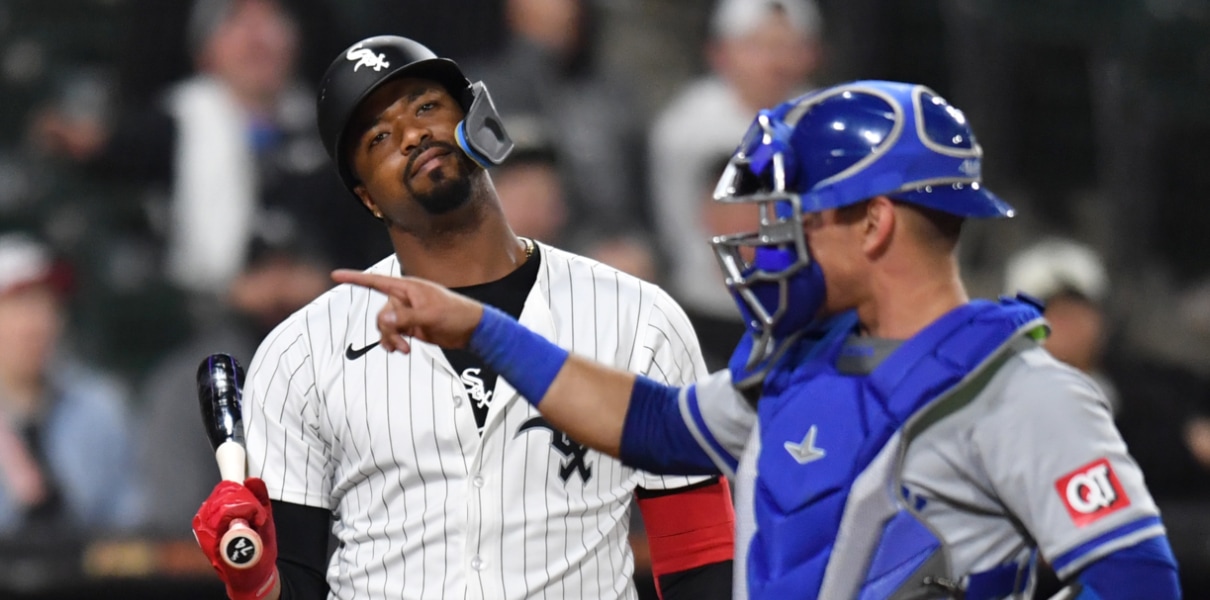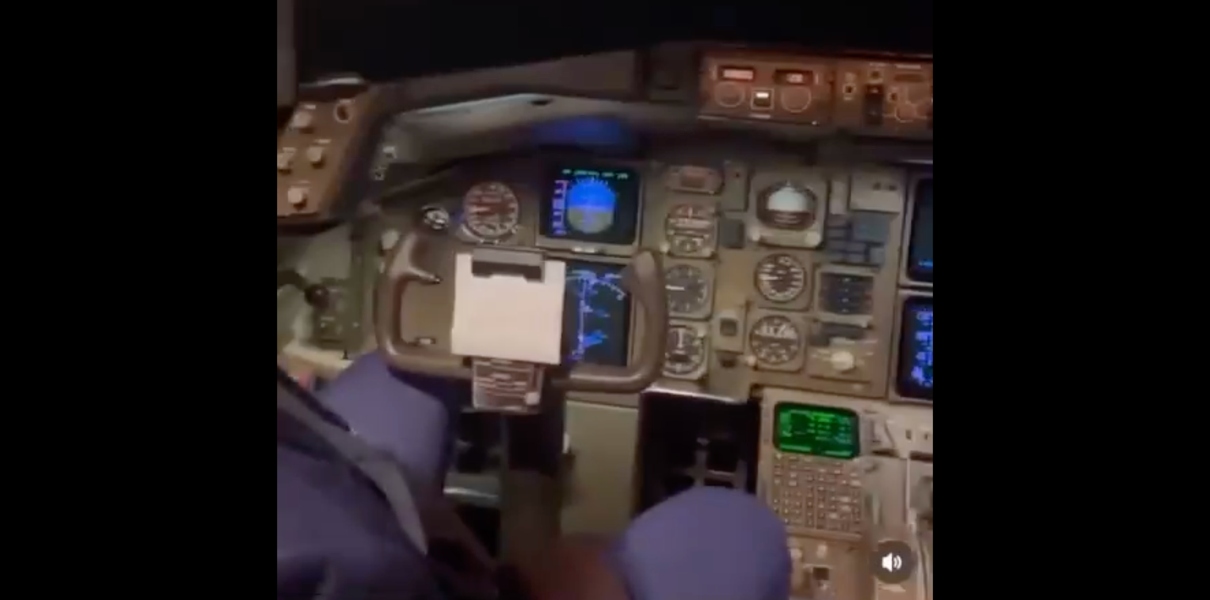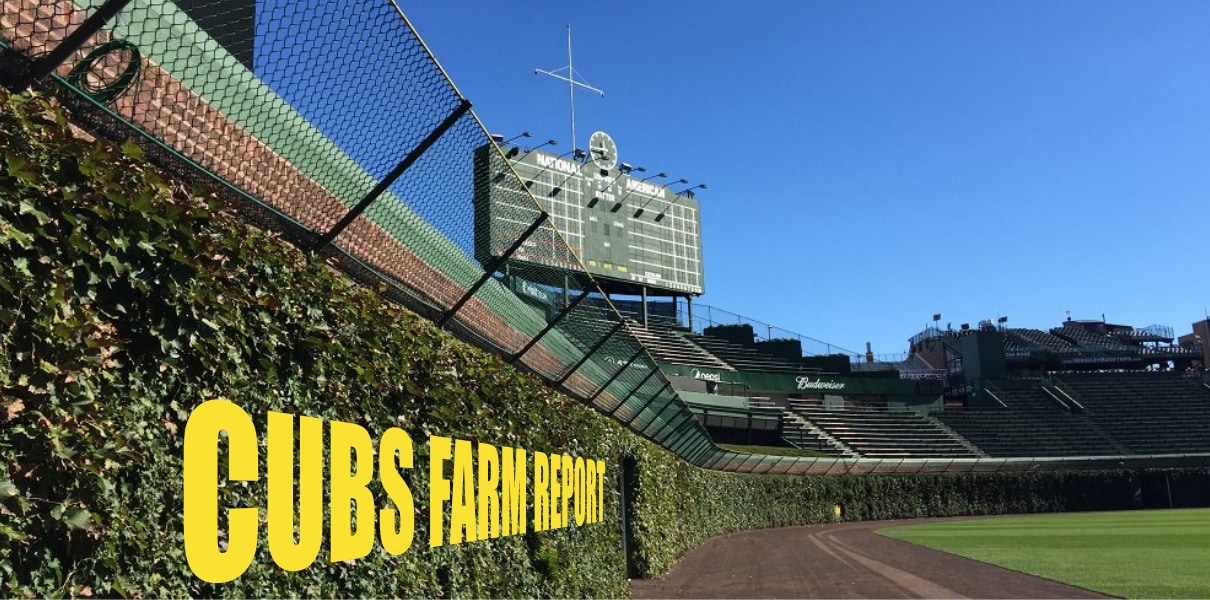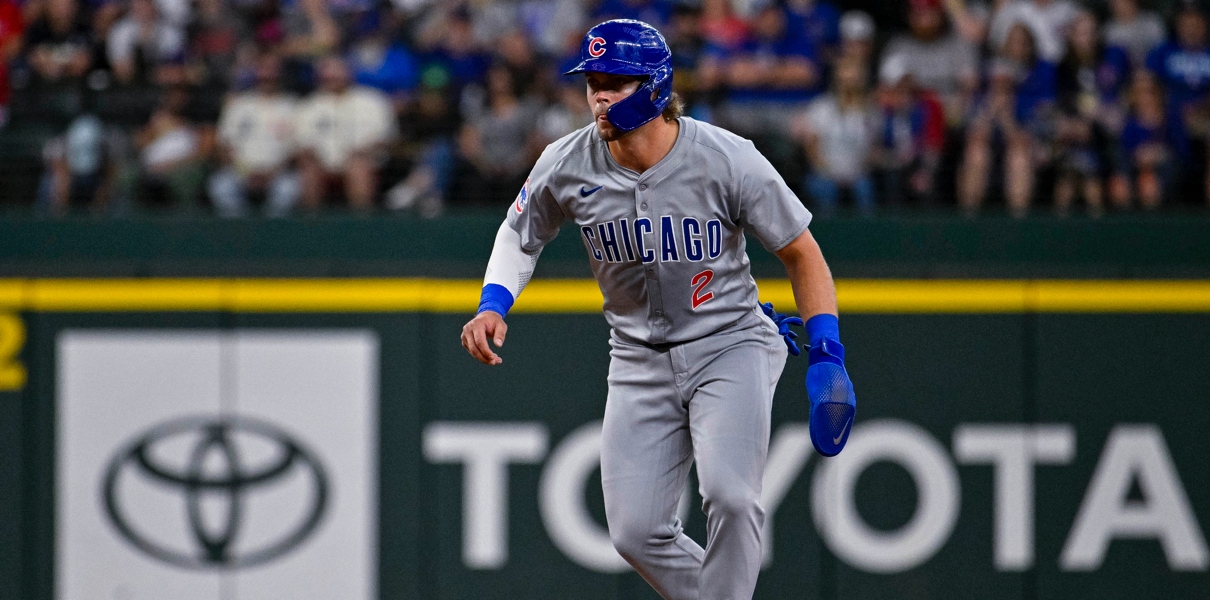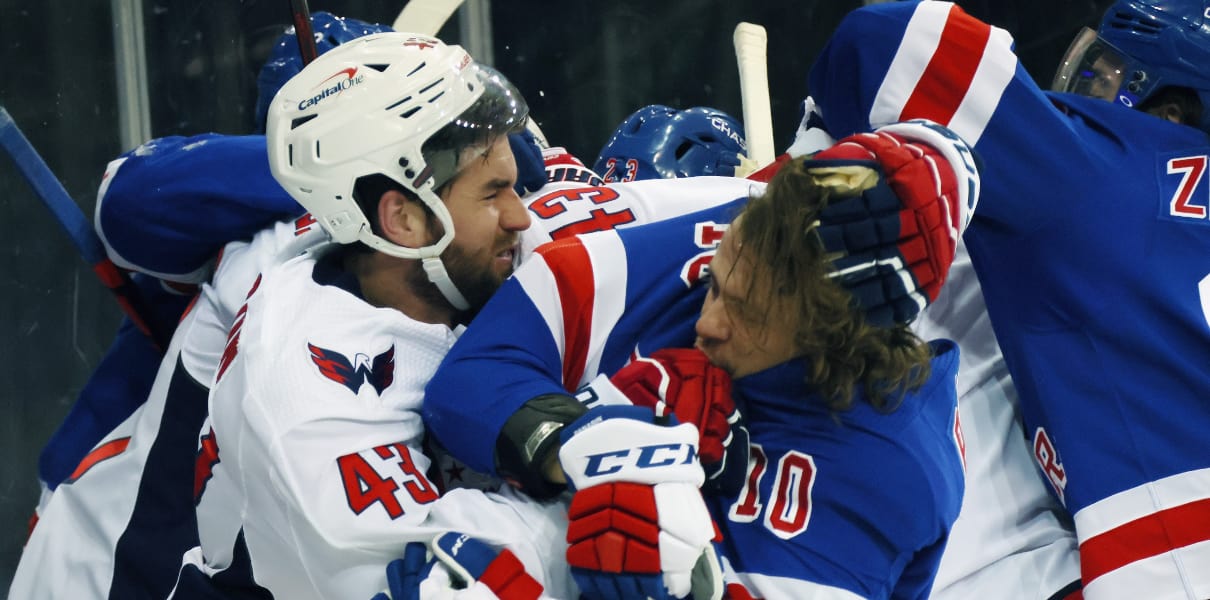Starting this post was difficult for me, given the (pleasant) distractions of the past 24 hours, but we must press on. After all, starting today, there’s a whole second half to be played and 24 other players who have to, you know, play it. #Wordsmith
One of those 24 is Jason Heyward. And like Addison Russell, Javier Baez, and Ben Zobrist before him, I’m going to take a look at what went wrong in the first half of his season and see if we can expect any sort of rebound going forward.
Unlike Russell, Baez, and Zobrist, however, Heyward’s case is unique, because his production in the first half of this season was actually better than his overall 2016 campaign.
Unfortunately … the first half of this season looks a whole lot like the first half of last year …
First Half 2016
Slash line: .243/.331/.337
BBs/Ks: 10.5 BB%, 17.7 K%
Overall: .300 wOBA, 84 wRC+
First Half 2017
Slash line: .254/.313/.385
BBs/Ks: 7.3 BB%, 15.0 K%
Overall: .303 wOBA, 84 wRC+
Sigh.
Heyward’s hitting for a higher average and slugging more, but is walking (and, thus, getting on base) less. Overall, then, his production hasn’t been much different than last season. I’d argue that, anecdotally, there’s plenty of reason for optimism: his numbers in the first half this year were WAY better than the second half of last season, we know he’s hitting the ball harder, he was injured for a while, etc. But still, it’s disappointing. I get it.

Heyward worked really hard on his swing over the offseason and, as it turns out, he has plenty to show for it. After digging deeper into his numbers, the first half of this season was actually much better than the first half of last year (and remember, we already *know* his first half this year (84 wRC+) was miles better than his second half of 2016 (54 wRC+).
So far, Heyward’s hitting slightly fewer line drives this first-half than last, but he’s hitting the ball on the ground less and in the air more. Given the benefits of fly balls and his particular issues elevating the ball last season, that’s a notable improvement and reason for optimism in the second half of the season.
Then, as we explored earlier this season, there’s the added average exit velocity. In the first half of 2016, Heyward was creating soft contact 28.2% of the time. This year, that number is down to 25.1%. That’s a huge difference. Even better, his hard contact rate through this point last season was just 23.8%, this year? 27.4%.
Moreover, despite an 11-point bump in his batting average, Heyward’s .277 BABIP in the 2017 first half is well below the .292 BABIP he put up in the first half last season and even further below his .301 career average. Keeping this batted ball hype train moving, you’ll notice that Heyward’s terrible .094 ISO in the first half last season is far below the .131 mark he’s put up in 2017.
To put all of this concisely, even when Heyward was at his best last season (the first half of the year), the peripherals don’t stack up against what he’s done in the first half of this year.
But let’s refocus on this season, because there’s a lot we’ve left out. Like, for example, the fact that Heyward has missed time twice already this season with injuries, both of which affecting his hands. First, on Friday, May 5, Heyward hurt his knuckle diving for a ball in the outfield of Wrigley. He went on the disabled list, took a short Minor League rehab stint, and was activated on May 20. Before that injury, he had an 87 wRC+.
Then, on Jun 18, Heyward left the game against the Pirates after slicing his hand open on the warning track. Ultimately, he hit the disabled list again, took another rehab assignment and didn’t return until the Fourth of July. Through that point of the season, he once again had an 87 wRC+, but that’s really beside the point.
Since joining the Cubs, Jason Heyward has now dealt with three injuries to his hands/wrist. The wrist injury (which went largely under-discussed last season), the knuckle injury, and the hand injury. Think about that for a second. All batters will be especially affected by wrist/hand injuries, but Heyward’s not just all batters. He’s a batter who was working on changing his swing throughout this process. The added missed time this season is not going to help him get into a rhythm, which is exactly what he needs.
And despite all of those interruptions, he’s still doing a lot better than last season. Call me crazy, which I’m sure you will, but when you look at the big picture, it’s easy to be optimistic about the second half of Heyward’s season at the plate. His BABIP and walk rate should both rise up naturally, and his slugging percentage should get a boost because he’s smoking the ball much better than he usually does (and his ISO is already reflecting it).
I wouldn’t expect him to suddenly turn all-world, or anything, but if he has somewhere between a 95 and 105 wRC+ by the end of the year, I wouldn’t be too surprised either. I’d be ecstatic, but it’s really possible.





